
X-ray Techniques
Location
Campus Address
Mailing Address
25 King Hill Road, Unit 3136
Storrs, CT 06269-3136
Instrumentation
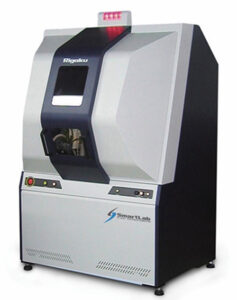
Rigaku SmartLab Multipurpose Diffractometer
The SmartLab is a diffractometer with a modular design for standard and non-conventional XRD applications due to its versatility; it can be easily switched between Bragg-Brentano (powders) and Parallel-beam (thin-film) geometries. It is equipped with a high power, 9 kW Copper rotating anode, which generates a high flux of X-ray intensity and a HyPix-3000 1D/2D detector for fast collection times. The capabilities of this instrument include powder XRD, X-ray reflectivity, grazing incident XRD, high-resolution XRD, in-plane scans, reciprocal space mapping, rocking curves, pole figures, and residual stress. Furthermore, an Anton Paar DCS-350 stage allows in-situ scans from -100 °C to 350 °C.
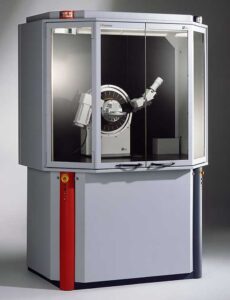
Bruker D8 Advance Diffractometer
The D8 Advance is a powder diffractometer for powder XRD applications in Bragg-Brentano geometry. It is equipped with a standard Copper X-ray tube and a Vantec-1 linear detector for high-speed data collection.
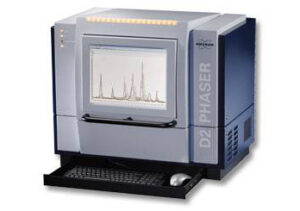
Bruker D2 Phaser Diffractometer
The D2 phaser is a compact benchtop diffractometer for powder XRD applications in Bragg-Brentano geometry. It is equipped with a Copper X-ray tube and a LynxEye linear detector for high-speed data collection in the standard mode.
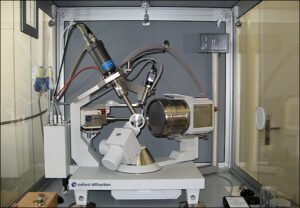
Oxford Diffraction XCalibur PX Ultra
The Xcalibur is equipped with a fine focus Copper X-ray tube and a high-speed Onyx CCD 2D detector to collect high-quality diffraction data. The 4-circle kappa goniometer allows easy crystal mounting and alignment. It is optimized for macromolecular single crystal studies but is equally useful in examining bulk structure in materials such as fibers or films. It is also helpful in determining single crystal orientation
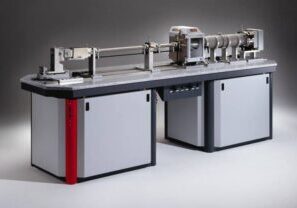
Bruker NanoStar SAXS
The NanoStar is equipped with a 6kW TXS Copper rotating anode, which supplies an extremely intense X-ray beam, Göbel mirrors, two pinhole collimators, an evacuated beam path and a Vantec-2000 2D detector.
It has available an Image plate to perform simultaneous WAXS scans and a temperature stage (-20 °C to 110 °C). Additionally, GI-SAXS, tensile, and shear stages are available for experiments.